Identify A to E.
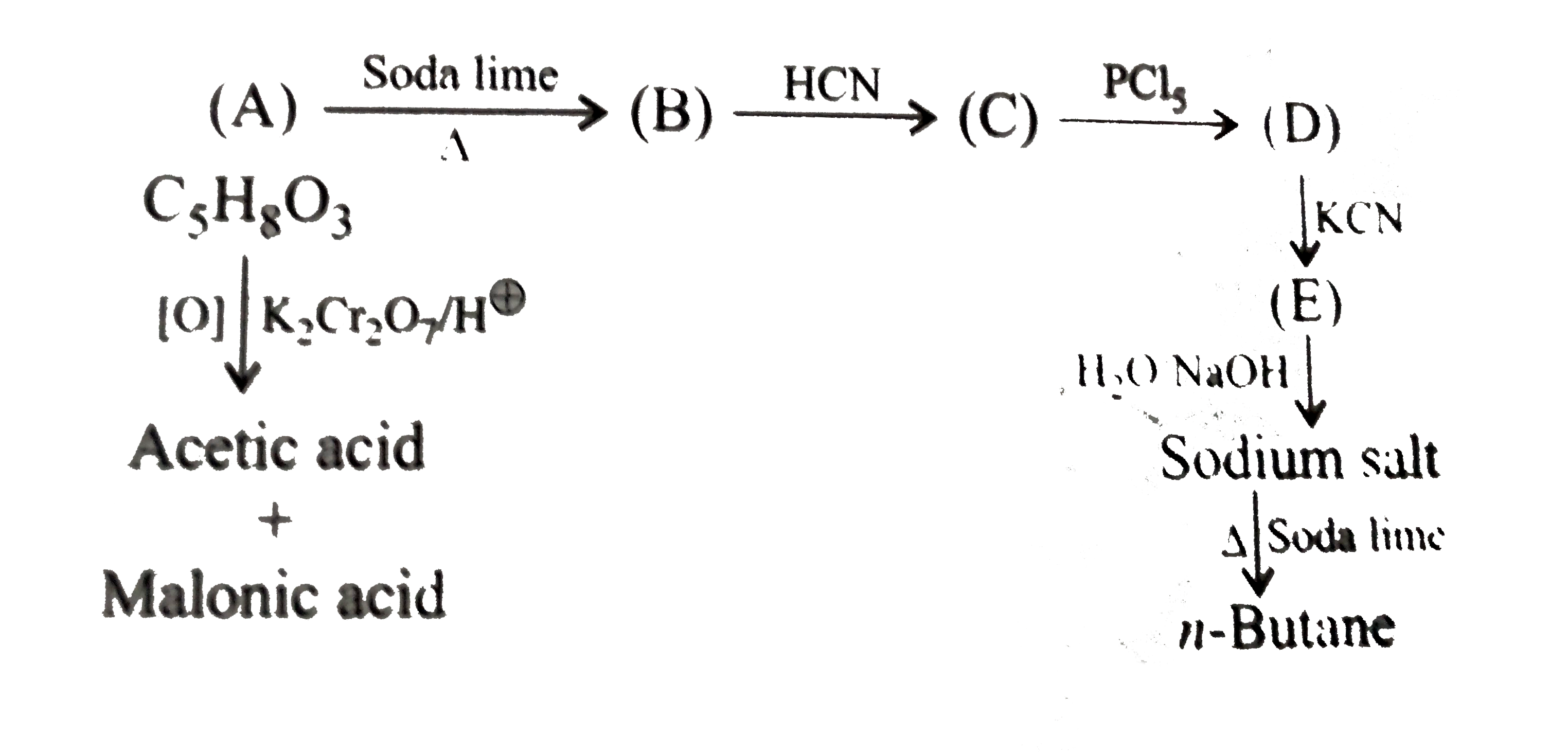
Reactions are summarised as follows:
i. 
ii. DU in (A) =(2nC+2)−nH2=(5×2+2)−82=2∘
iii. (A) contains (−−−COOH) group (soda lime reaction), so 1 DU is present in (−−−COOH) group. Therefore, 1 DU would be due to the presence of (C=C) bond, since (A) undergoes oxidation.
iv. Proceeding reverse form the oxidation products of (A):
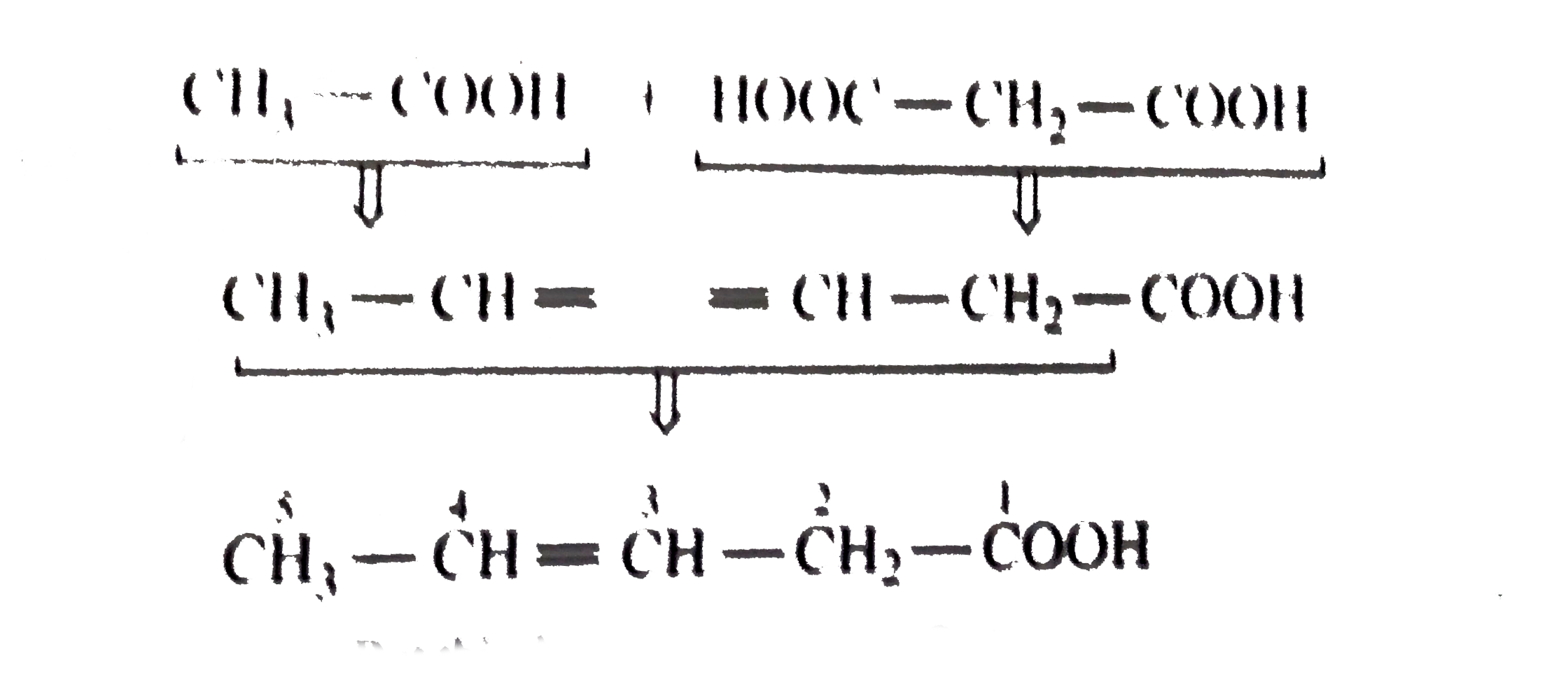
So the possible structure of (A):

Reactions:

Topper's Solved these Questions
- BOOK - CENGAGE CHEMISTRY ENGLISHCHAPTER - ALCOHOL,PHENOL AND ETHERSEXERCISE - Exercises Concept Application33videos
ALCOHOL,PHENOL AND ETHERS
- BOOK - CENGAGE CHEMISTRY ENGLISHCHAPTER - ALCOHOL,PHENOL AND ETHERSEXERCISE - Exercises Linked Comprehension60videos
ALCOHOL,PHENOL AND ETHERS
- BOOK - CENGAGE CHEMISTRY ENGLISHCHAPTER - ALCOHOL,PHENOL AND ETHERSEXERCISE - Solved Examples17videos
ALCOHOL,PHENOL AND ETHERS
- BOOK - CENGAGE CHEMISTRY ENGLISHCHAPTER - ALIPHATIC AND AROMATIC ALDEHYDES AND KETONESEXERCISE - Archives Subjective26videos
ALIPHATIC AND AROMATIC ALDEHYDES AND KETONES
Similar Questions
A black mineral (A) on heating in presence of air gives a gas (B). The mineral (A) on reaction with dilute H2SO4 gives a gas (C) and a solution of a compound (D) on passing the gas (C) into an aqueous solution of (B), a white turbidity is obtained. The aqueous solution of (D) on reaction with potassium ferricyanide gives a blue compound (E). Identify (A) to (E) and give chemical equations for the reaction involved.
View SolutionIdentify A, D, E and F in the diagram of an antibody molecule given below :
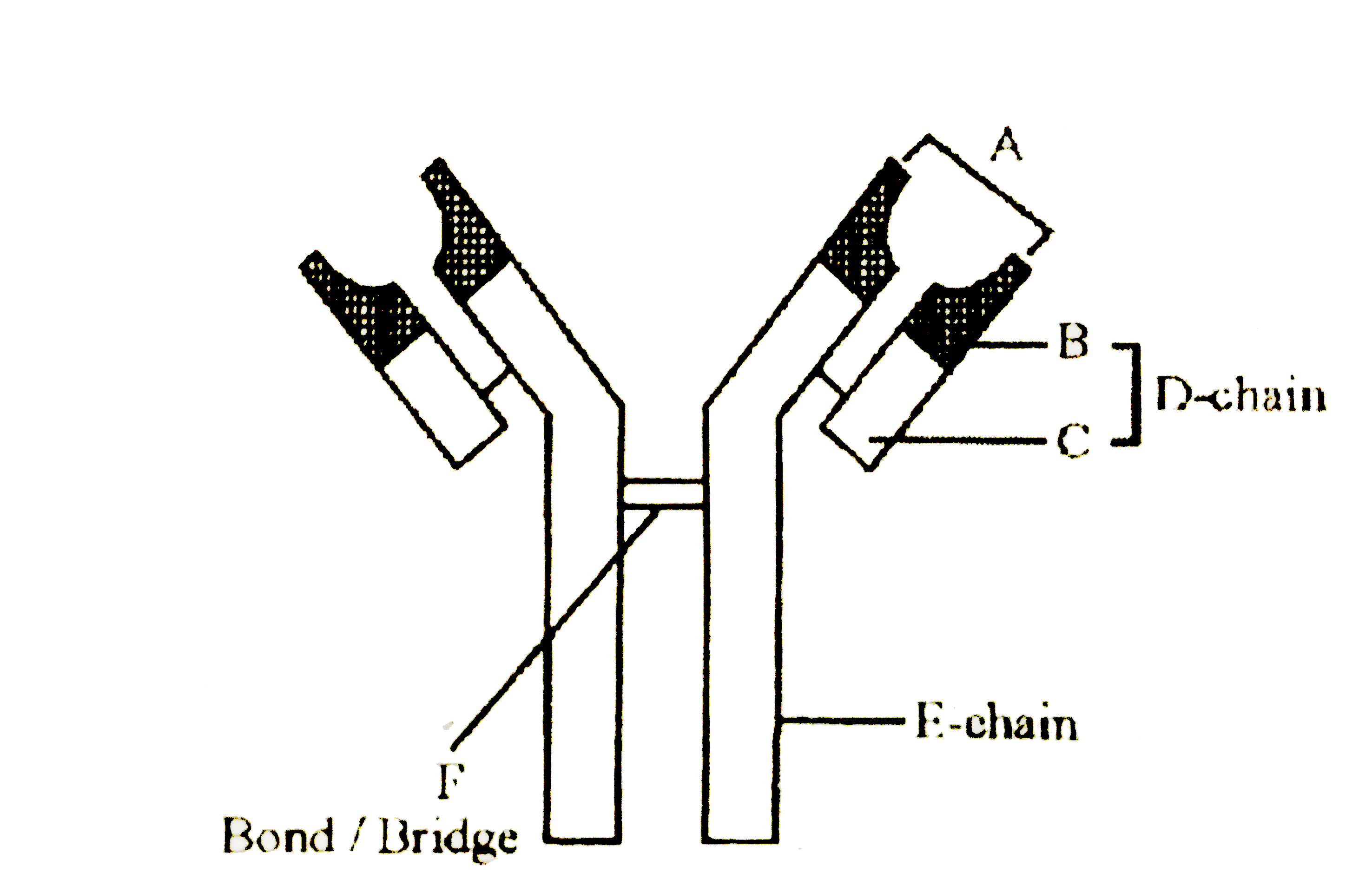 View Solution
View SolutionSelect the option that correctly identifies A to E in the given flow char.
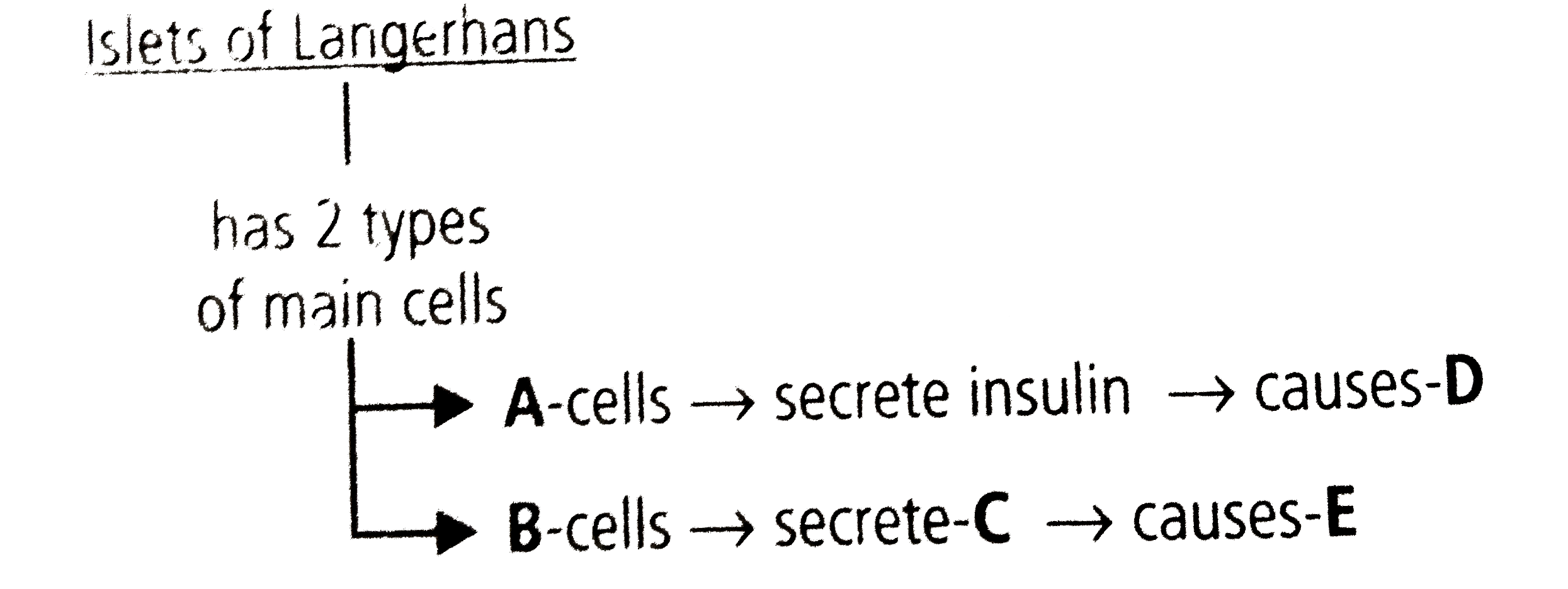 View Solution
View Solution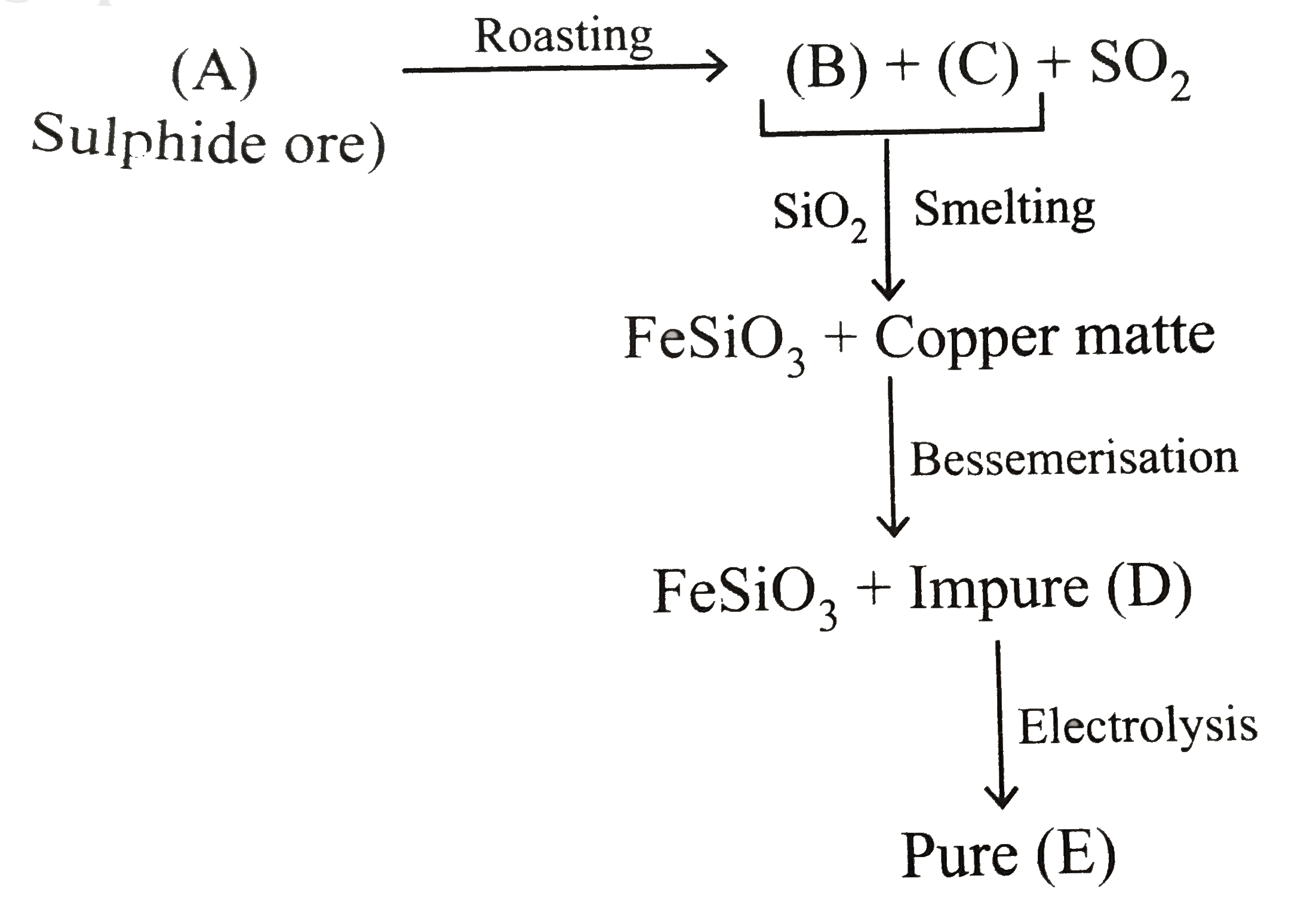
Identify (E).View SolutionIdentify (C) to (E) :
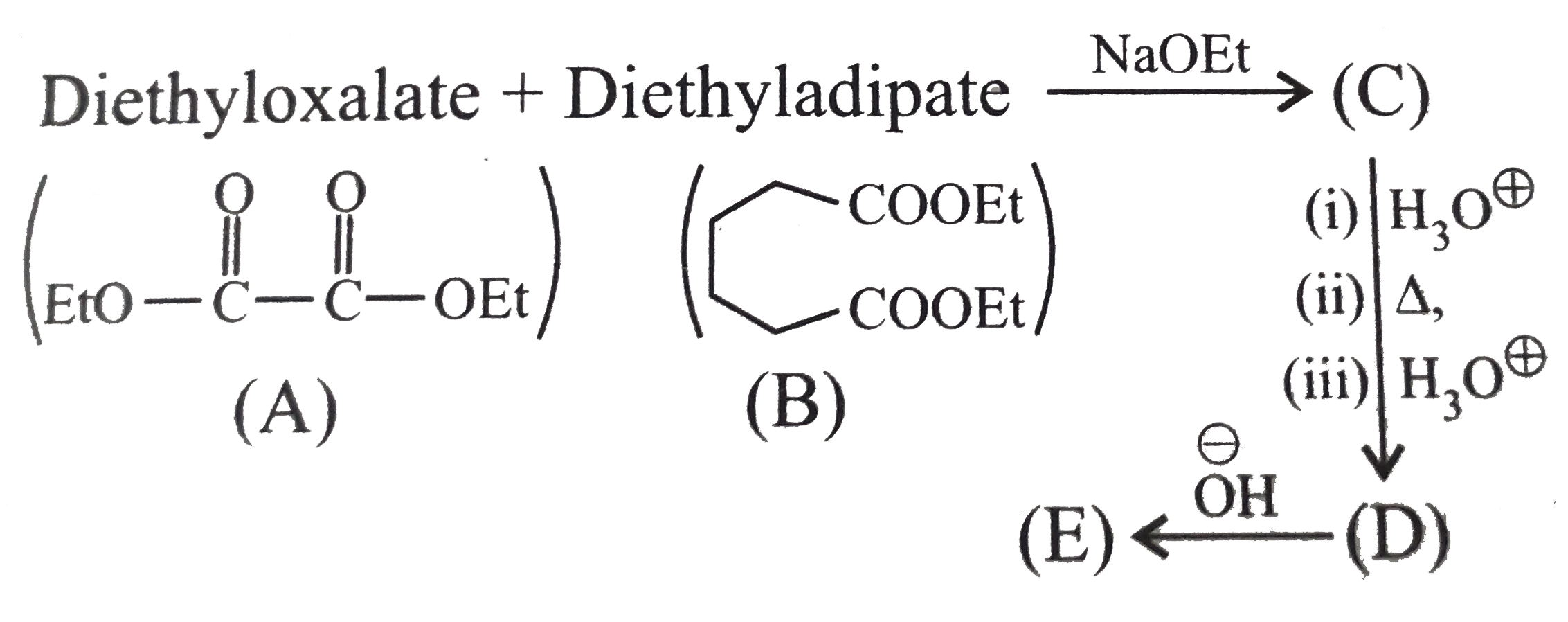 .View Solution
.View Solution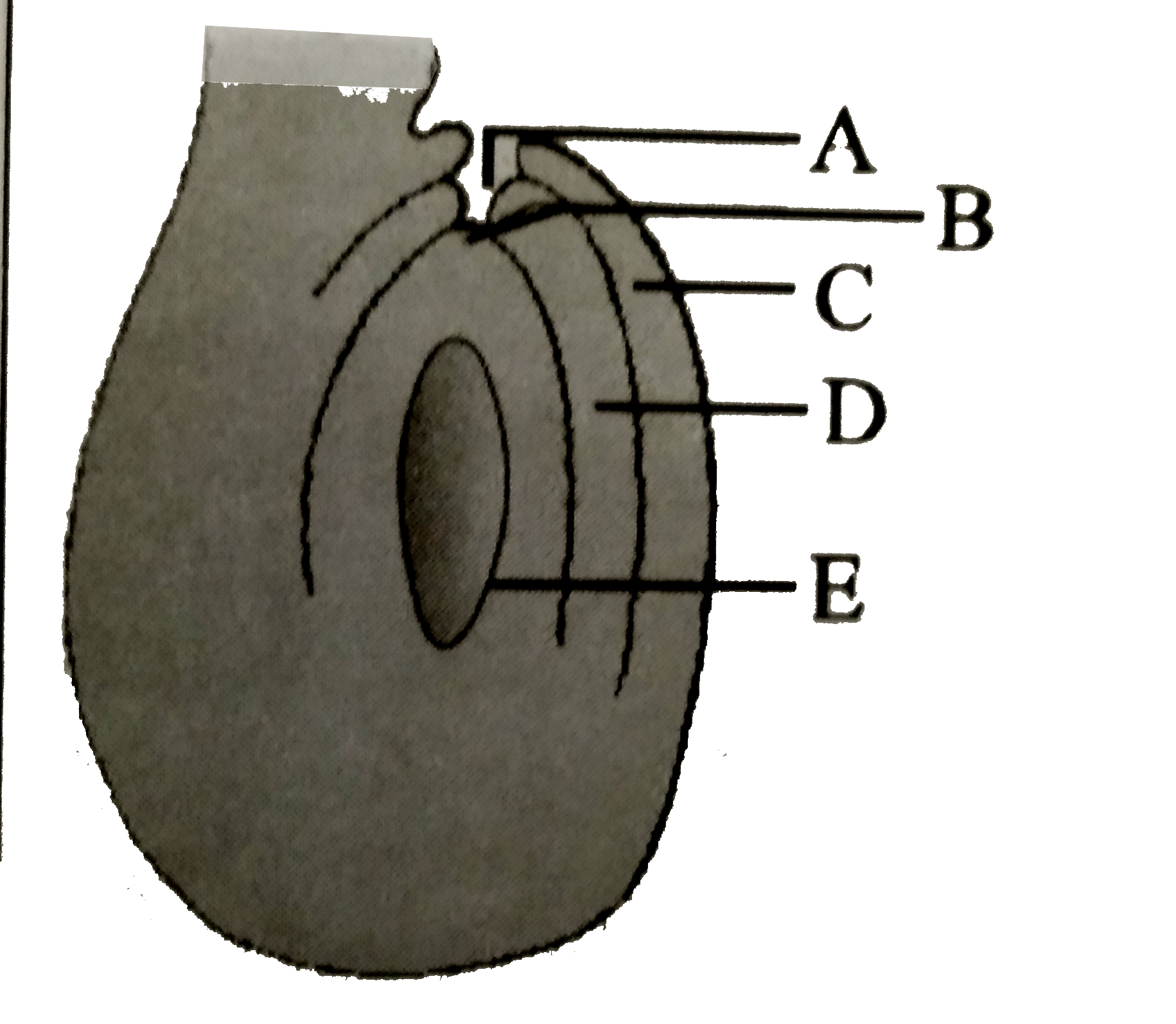
Identify A, B, C, D, EView Solution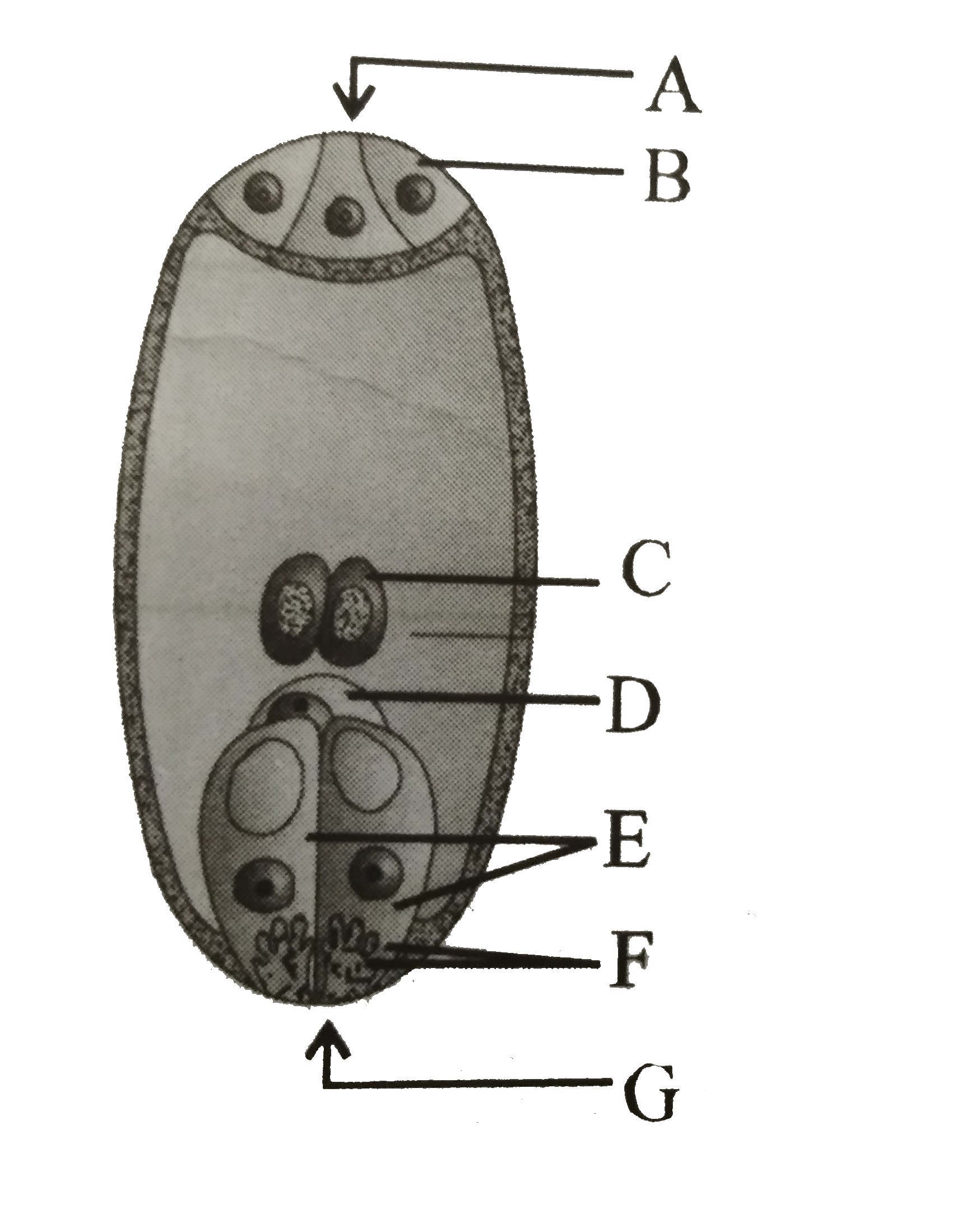
Identify A, B, C, D, E, F,GView SolutionIdentify A, B, C, D, E, R and R1 in the following:
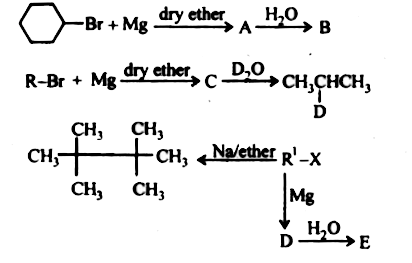 View Solution
View SolutionIdentify a, b, c, d, e and f in the table given below :
 View Solution
View SolutionIdentify A, B, C, D, E and F in the table given below :
 View Solution
View Solution
